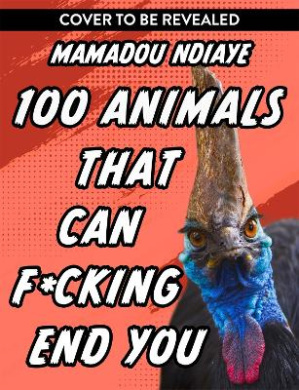Description
John (Jack) Muir Laws is a scientist, educator, and author, who helps people forge a deeper and more personal connection with nature through keeping illustrated nature journals and understanding science. His work combines science, art, and mindfulness. He observes the world with rigorous attention, looks for mysteries, plays with ideas, and seeks connections in all he sees. Jack teaches techniques that make, observation, curiosity, and creative thinking a part of everyday life. Visit his website at johnmuirlaws.com. TABLE OF CONTENTS Foreword by Amy Tan INTRODUCTION Why We Teach Nature Journaling Why Nature Journaling? You Can Do This, and It Is Worth It MANAGING THE OUTDOOR CLASSROOM Taking Students Outside How to Lead Journaling Activities Nature Journaling In Different Contexts THE NATURE JOURNAL QUICKSTART GUIDE NATURE JOURNALING ACTIVITIES GETTING STARTED: INTRODUCTORY JOURNALING TECHNIQUES AND ACTIVITIES Use Words, Pictures, and NumbersMix It Up I NOTICE, I WONDER, IT REMINDS ME OF MY SECRET PLANT TO EACH ITS OWN COMPARISON ZOOM IN, ZOOM OUT OBSERVATION AND NATURAL HISTORY Look Big, Look Small Make Comparisons and Study Categories Get Lost in Wonder COLLECTION OR FIELD GUIDE TIMELINE STRING SAFARI ANIMAL ENCOUNTERS SPECIES ACCOUNT FOREST KARAOKE: TRANSCRIBING BIRDSONG SOUNDSCAPE MAPS INQUIRY, INVESTIGATION, AND SCIENTIFIC THINKING Intentional Curiosity and Inquiry The Crosscutting Concepts Who, What, Where, When, How, and Why International Baccalaureate Key Concepts How Do You Answer Your Questions? Ask Questions and Think Like a Scientist Practiced Precision Nature Puzzles Follow Curiosity Chains MYSTERIES AND EXPLANATIONS QUESTIONING QUESTIONS MAPPING LANDSCAPE CROSS SECTION PHENOMENON MODEL TEAM OBSERVATION WORDS: ARTICULATED THOUGHT AND STORYTELLING Writing Find Poems within and around You Reflect, Connect, and Find Joy Practice Scientific Storytelling What Pictures Cannot Show WRITING TO OBSERVE, WRITING TO THINK EVENT COMIC EVENT MAP POETRY OF PLACE AND MOMENT SIT SPOT PICTURES: DRAWING AND VISUAL THINKING Drawing Observational Drawing, Step-by-Step Building New Skills: Basic Drawing Exercises Drawing Tricks and Tips: Instruction for Students Page Structure and Layout THINK WITH PICTURES BALANCING FLEXIBILTY AND STRUCTURE LOOK, AND LOOK AGAIN INSIDE OUT NATURE BLUEPRINTS INFOGRAPHIC PHOTO, PENCIL, AND FOUND-OBJECT COLLAGE NUMBERS: QUANTIFICATION AND MATHEMATICAL THINKING Numbers and Quantification Making Quantification Tool Kits SHOW WHERE THE NUMBERS COME FROM USE NUMBERS TO FIND THE PATTERN HIDDEN FIGURES BIODIVERSITY INVENTORY TIMED OBSERVATIONS CHANGE OVER TIME INCORPORATING JOURNALING INTO LESSONS, FRAMEWORKS, AND ASSESSMENTS Journaling Over Time Developing Skills: Ideas, Practice, and Feedback Grading and Evaluation Evaluation Rubric From Activities to Longer Lessons Journaling and Education Standards Teaching Science and Inquiry: A Deeper Dive FINAL THOUGHTS APPENDICES Tools and Materials Activity Summaries and Possible Phenomena NGSS Connections Evaluation Rubric Cut-and-Paste Nature Journal Essentials Cut-and-Paste Quantification Tool Kit Notes Acknowledgements About the Naturalist Journal Contributors About the Authors






